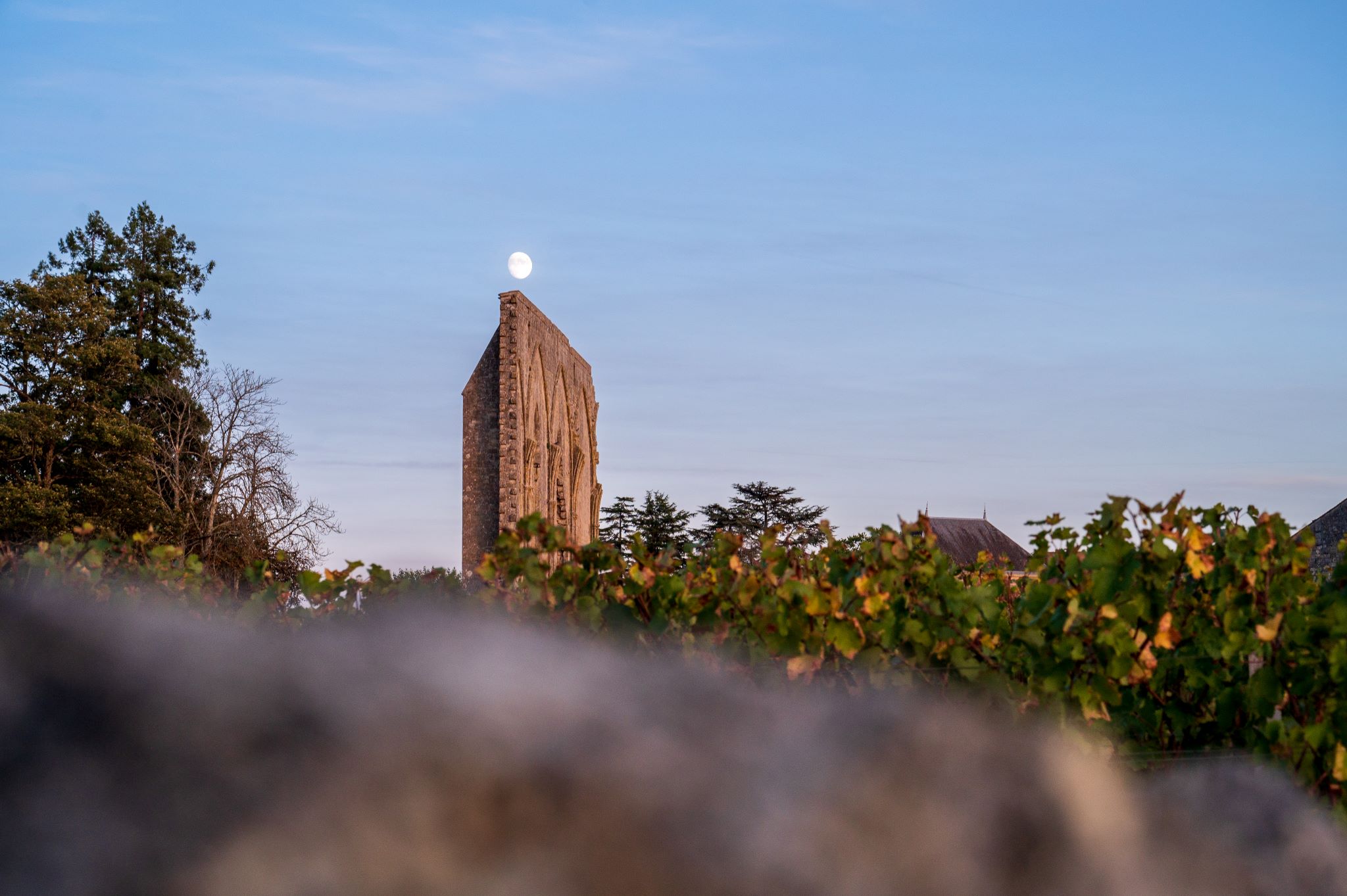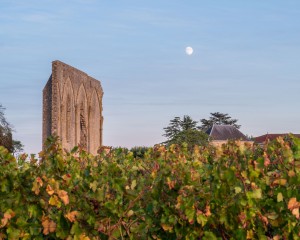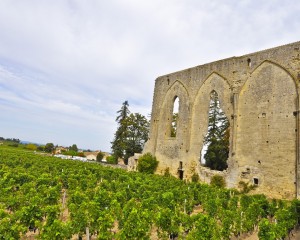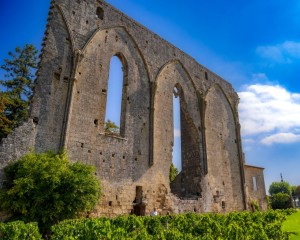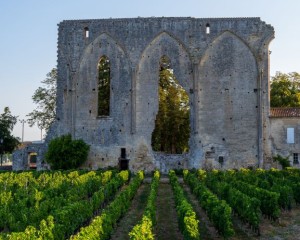It is the modest remnant of a huge Dominican convent of the 13th century.
By tradition, the Dominicans are part of the family of mendicant monks alongside the Franciscans. Their rule is based on the notion of individual poverty. For the architecture of the convent match this ideal, certain rules had to be applied. The convent buildings and the church should not exceed a certain height. This section of wall suggests that Saint-Emilion mendicant monks should not be as poor as their order demanded.
Political and military issues overcame this religious monument. The Duchess Eleanor of Aquitaine, in the 12th century, taken for future second husband Henry II Plantagenet King of England. It thus gave him the title of Duke of Aquitaine, but he had the attitude and authority of a King on the region. It was the beginning of three hundred years of Anglo-Gascon alliance, which however maintained tensions between France and England. The last hundred years are known as the Hundred Years War (1337-1453).
At the beginning of the Hundred Years War, the French troops fighting to reassert the power of their king, took refuge in the convent of the Dominicans. The building was situated not far from the walled enclosure. It became a refuge, an observation point and a good line edge position. The Dominicans who didn’t feel safer, left their large convent and settled intramural. The convent, meanwhile, was deliberately destroyed, leaving up this stylish piece of wall.
This majestic ruin is known as the "Great Wall" since the 19th century at least, and the vines in her feet are those of the Château "Les Grandes Murailles".
Grand Saint-Emilionnais Tourist Office
Le Doyenné - Place des Créneaux
33330 SAINT-EMILION
